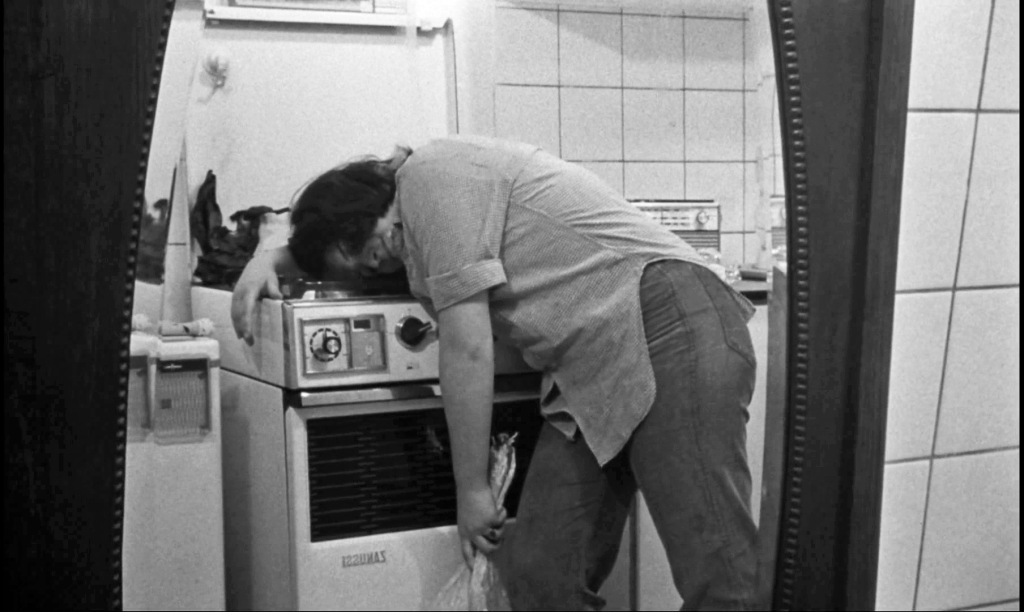In 1984, in response to a conference at which Black women had been relatively occluded, Audre Lorde wrote “For the master’s tools will never dismantle the master’s house. They may allow us to temporarily beat him at his own game, but they will never enable us to bring about genuine change.” Taking gender and its relation to architecture (or architecture’s mediation of gender), as the central concept, Art Based Investigation will inquire into the material conditions of architecture. How do we start unpacking the historical and structural sexism and racism that has underpinned the history of Western architecture, not merely to tokenistically rectify its exclusions, but to question what stands behind such exclusions, to question the premises of a discipline that has thrived on exclusion. In this sense, we will also deconstruct the myth of any great artist/architect, because all qualifiers (woman, POC, queer etc) mean the sedimentation of the norm, the white male. To address gender within the system of architecture will enable us to view feminist approaches to architecture not as peripheral, or as its subset but as a necessary part of the materialisation of the practice. Within ABI we will expand this investigation to consider the role of the architect as worker in the field of architecture. We will follow Peggy Deamer, who writes, “Ultimately, what we are talking about with respect to present-day architecture is a division of labor that exists at a planetary scale, an expanded “construction site” that encompasses all the far-flung but environmentally interconnected actors and factors involved in bringing a building to fruition.” (Peggy Deamer, The Architect As Worker (p. xxiv)). Working with Milica Tomic (through concepts of art) and Angelika Hinterbrandner (architecture) each participant will undertake a “student inquiry”, exploring for themselves the contradictions that are faced (automation of work, climate catastrophe, extraction and forms of ownership) and the kinds of forms, spaces and modes of action that can be cultivated against such totalising conditions. The aim of ABI is that students will develop skills to understand and act within the present crises of architecture, to articulate these inquiries conceptually, and to work collectively to find other models.
Questions from Peggy Deamer’s The Architect As Worker:
How can the architect both represent and embody the historical conditions and contradictions of architecture’s coming into being?
How can the architect think all at once material resources, manufacturing technologies, laboring bodies, the fetish of the commodity, and the production of real, habitable space?
How can the architect give creative and imaginative expression to ideas about how people might live—and the planet might thrive—in the future while also making manifest the collaborative, social nature of all architectural work? If individual signature is a reactionary mark of the marketplace, can the architect be a designer today as well as a designer?
